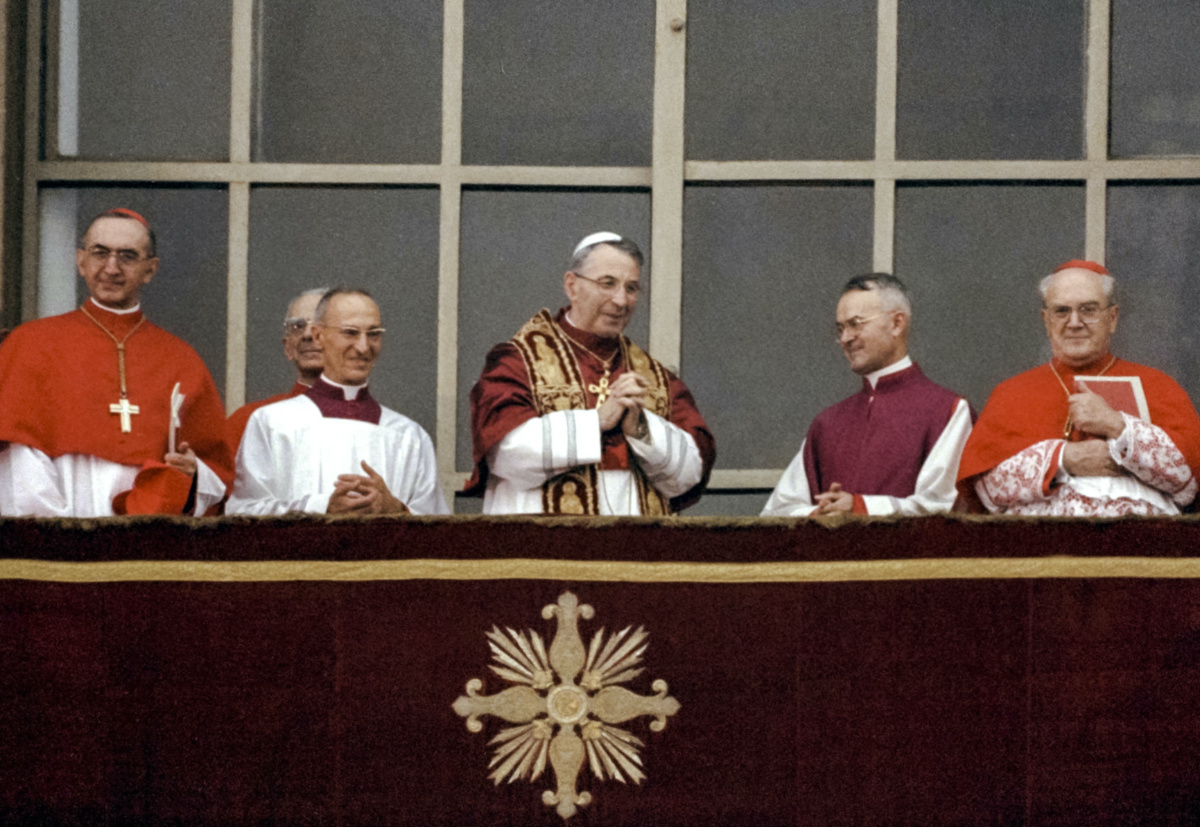
FRANCES D’EMILIO, of Associated Press, reports on moves to make Pope John Paul I a saint…
Vatican City
AP
The moment that the black wall telephone rang early on the morning of 29th September, 1978, in Stefania Falasca’s Rome apartment is imprinted in her mind. Then 15, Falasca remembers her father answering and hearing the voice of her uncle, a priest who worked at the Vatican, coming through the receiver: “The Pope is dead!”
“But he’s already dead!” Falasca recalled her bewildered father exclaiming.

In this Saturday, 26th August, 1978, file photo, Pope John Paul I smiles as he appears at the central lodge of St Peter’s Basilica at The Vatican soon after his election. On Sunday, 4tH September, 2022, Pope Francis will beatify John Paul I, the last formal step before on the path to possible sainthood. PICTURE: AP Photo/File photo.
Like countless others around the globe, her father struggled to comprehend how 65-year-old John Paul I, elected as pontiff barely a month earlier – on 26th August, 1978 – could be dead, and confusedly first thought of Pope Paul VI, who had died in early August at age 80.
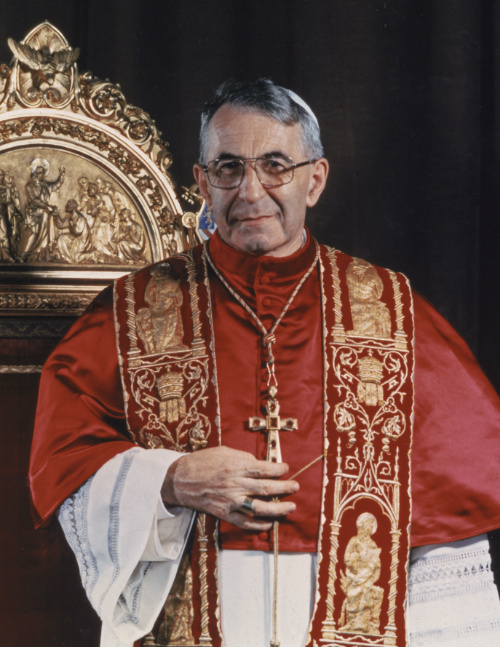
Pope John Paul I poses for a portrait in this undated 1978 file photo. PICTURE: AP Photo.
John Paul I, born Albino Luciani, is widely remembered more for his sudden, mystery-dogged death than for his life. Falasca, an Italian journalist for a Catholic publication, has toiled for more than a decade to change that and to convince the Vatican that he deserves to be a saint for how he lived his faith, as a priest, bishop, cardinal and, so briefly, as pontiff.
John Paul I, born Albino Luciani, is widely remembered more for his sudden, mystery-dogged death than for his life. Falasca, an Italian journalist for a Catholic publication, has toiled for more than a decade to change that and to convince the Vatican that he deserves to be a saint for how he lived his faith, as a priest, bishop, cardinal and, so briefly, as pontiff.
On Sunday, Pope Francis will beatify John Paul I, the last formal step before possible sainthood.
Formal efforts aimed at beatification can begin five years after a pontiff dies. For John Paul II, that rule was waived a few weeks after his death in 2005, in response to cries of “sainthood immediately!” rising up from the faithful during his funeral.
But it took 25 years for the beatification process for John Paul I to begin.
John Paul I “was a figure crushed between two pontificates,” Falasca said, speaking down the block from St Peter’s Square. She was referring to his successor, John Paul II, one of history’s longest-reigning popes, and his predecessor, Paul VI, whose 15-year papacy saw him preside over Vatican Council II with its modernising reforms. Both have been made saints.
In Luciani’s case, ”no historian was interested in the Pope. Like he was passing briefly through time, forgotten,” Falasca said.
But writers seeing a best-selling who-done-it were interested.
The abrupt demise of Luciani, whose body was found in his bedroom of the Apostolic Palace and who was dubbed the “smiling pope” for his cheerful countenance, spawned instant suspicions.
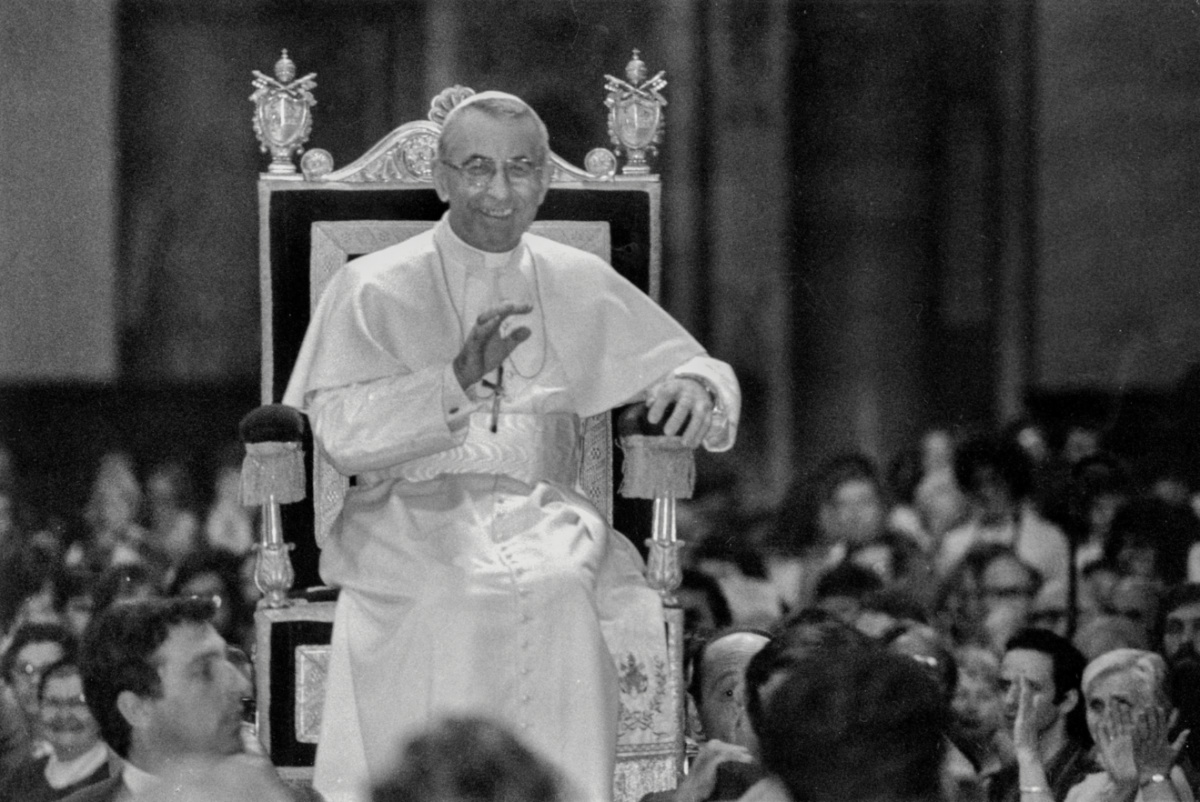
Pope John Paul I smiles and waves as he is carried on a portable throne during his weekly general audience at The Vatican, Wednesday, 27th September, 1978. This is the last public appearance of Pope John Paul I. He died in the early morning of 28th September in Rome. On Sunday, 4tH September, 2022, Pope Francis will beatify John Paul I, the last formal step before on the path to possible sainthood. PICTURE: AP Photo/Bruno Mosconi.
In the first hours after his death, the Vatican offered differing versions, first saying that a male secretary found him, then admitting that the pontiff was found lifeless by the nuns who bring his morning coffee.
“They could have immediately said that it was the nuns and it wouldn’t have sparked any doubts, on the contrary, it would have given more guarantees,” Falasca said. One nun, Sister Vincenza, was well known to Luciani’s family.
The nuns later recounted they were told by the Vatican not to say they found him out of concerns it would seem improper for a woman to enter the pope’s bedroom.
At the same time, a monster financial scandal was growing involving an Italian bank that had links to the Vatican’s own bank. There were murky ties between a US born prelate, now deceased, who was chairman of the Vatican bank and an Italian financier, dubbed “God’s Banker”, whose body in 1982 was found hanging under a London bridge in what was ruled a homicide.
Was Luciani about to crack down on officials linked to the Holy See’s secretive finances? Was he planning to root out corruption in Vatican bureaucracy?
In God’s Name: An Investigation into the Murder of Pope John Paul I, a 1984 book by David A Yallop, sold millions of copies. The Vatican concluded that Luciani was felled by a heart attack, after suffering chest pains he played down just before going to bed his last night. But Yallop, noting that no autopsy was performed, concluded he was poisoned by plotters connected to a secret Masonic lodge with links to the Vatican and its bank.
In 1987, another British journalist, John Cornwell, came to the Vatican to research claims of apparitions of the Virgin Mary in what was then Yugoslavia. Instead, a Vatican bishop asked him to write the “truth” of John Paul I’s death and promised him access to the Pope’s doctor, his embalmers and others.
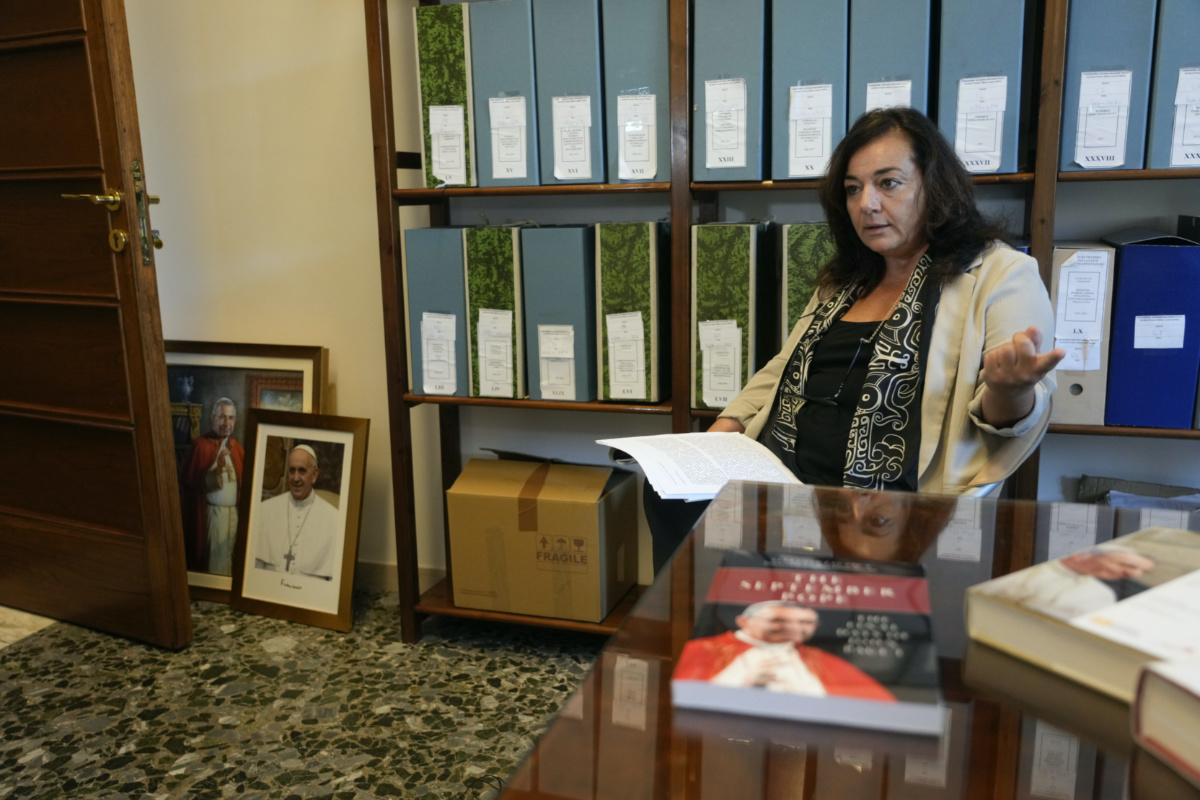
Italian journalist and vice postulator of the cause for the canonisation of Pope John Paul I, Stefania Falasca sits in front of an archive containing documents, letters, and writings belonging to the late John Paul I during an interview with The Associated Press at The Vatican, on Tuesday, 23rd August. PICTURE: AP Photo/Gregorio Borgia.
Writing his own best-seller, A Thief in the Night: Life and Death in the Vatican, Cornwell concluded that Luciani had “died of neglect.”
“In the very heart of the Vatican, this was neglect that was psychological,” Cornwell said in a phone interview from the English countryside. “They put too much work on him without proper help. They didn’t look properly after his health.”
“In other words, they had no respect for him, they thought he was a derisory pope, they said he was like Peter Sellers,” Cornwell said, referring to the English comic actor who often played bumbling roles.
Cornwell said some people were disappointed he found no evidence of murder, including one bishop. “I came across people inside the Vatican who were convinced” there was a conspiracy to eliminate Luciani.
We rely on our readers to fund Sight's work - become a financial supporter today!
For more information, head to our Subscriber's page.
Falasca says John Paul I “is not being beatified because he was Pope.”
“He lived with exemplary method, faith, hope, charity,” she said. “He’s a model for everyone, precisely because he had borne witness to the essential virtues.”
John Paul I also broke moulds, referring to himself as “I” in papal speeches, instead of the more impersonal traditional “we.”
“He was like a light breeze sweeping away centuries” of formalities, Falasca said. “His choice of being colloquial was a theological choice.”
She marvelled that among his most cherished books was secular literature – by Mark Twain, Willa Cather and GK Chesterton, a British author famed for his character of a sleuthing priest.
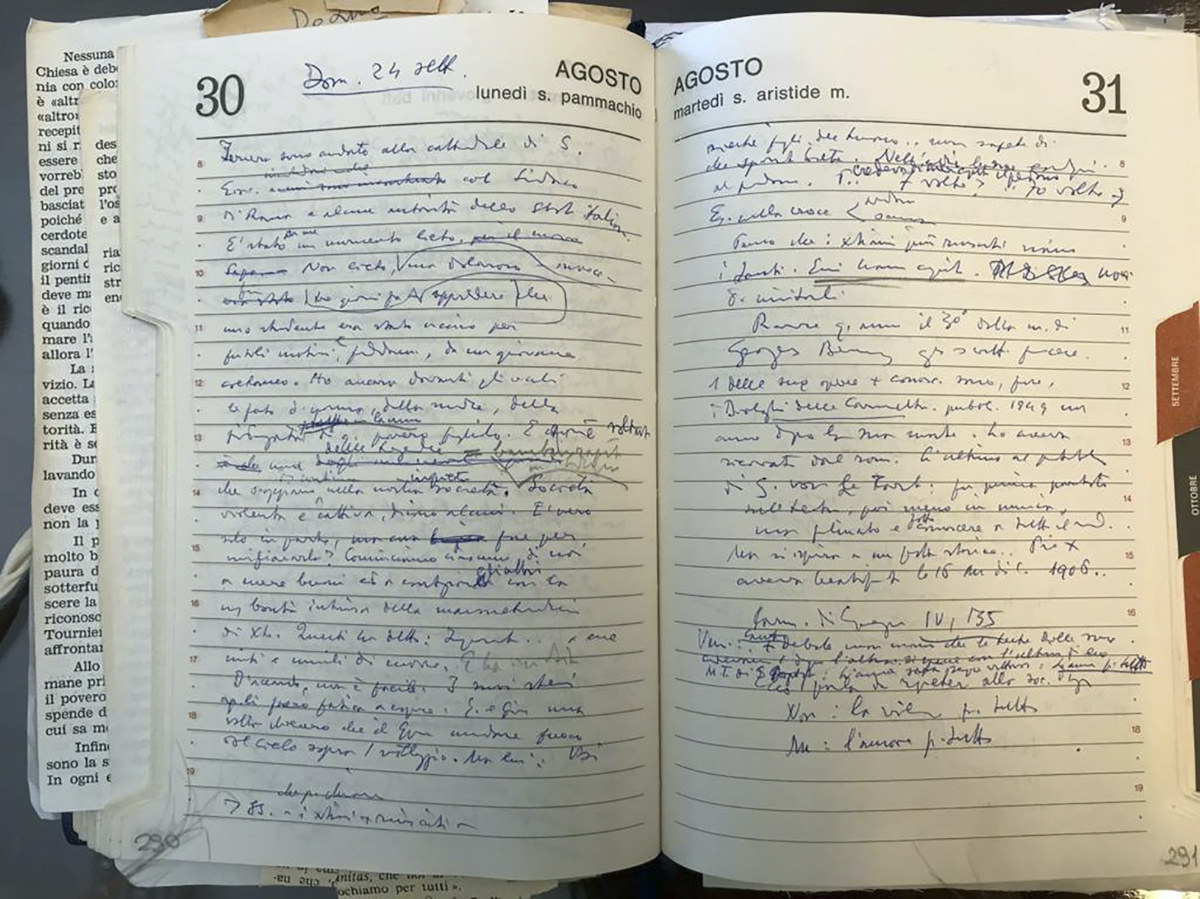
One of the personal agendas that belonged to Pope John Paul I is shown by Italian journalist and vice postulator of the cause for the canonisation of Pope John Paul I, Stefania Falasca during an interview with The Associated Press at the Vatican, on Tuesday, 23rd August. PICTURE: AP Photo/Sabrina Sergi.
For a Catholic to be beatified, the pope must approve a miracle attributed to prayerful intercession. In Luciani’s case, that miracle was the medically unexplained recovery in 2011 of an 11-year-old girl hospitalised in Buenos Aires with brain inflammation and septic shock.
Her parents pleaded with a priest from a nearby parish to come. As he rushed to her bedside, Rev Juan Jose’ Dabusti wondered to whom he should pray for her to live. Inspiration struck. He prayed to John Paul I.
But why invoke the name of a largely forgotten pontiff? Falasca said Dabusti told her that when he was 15, he heard the newly elected John Paul I speak and decided to become a priest himself, because Luciani was “very simple and very happy”.






